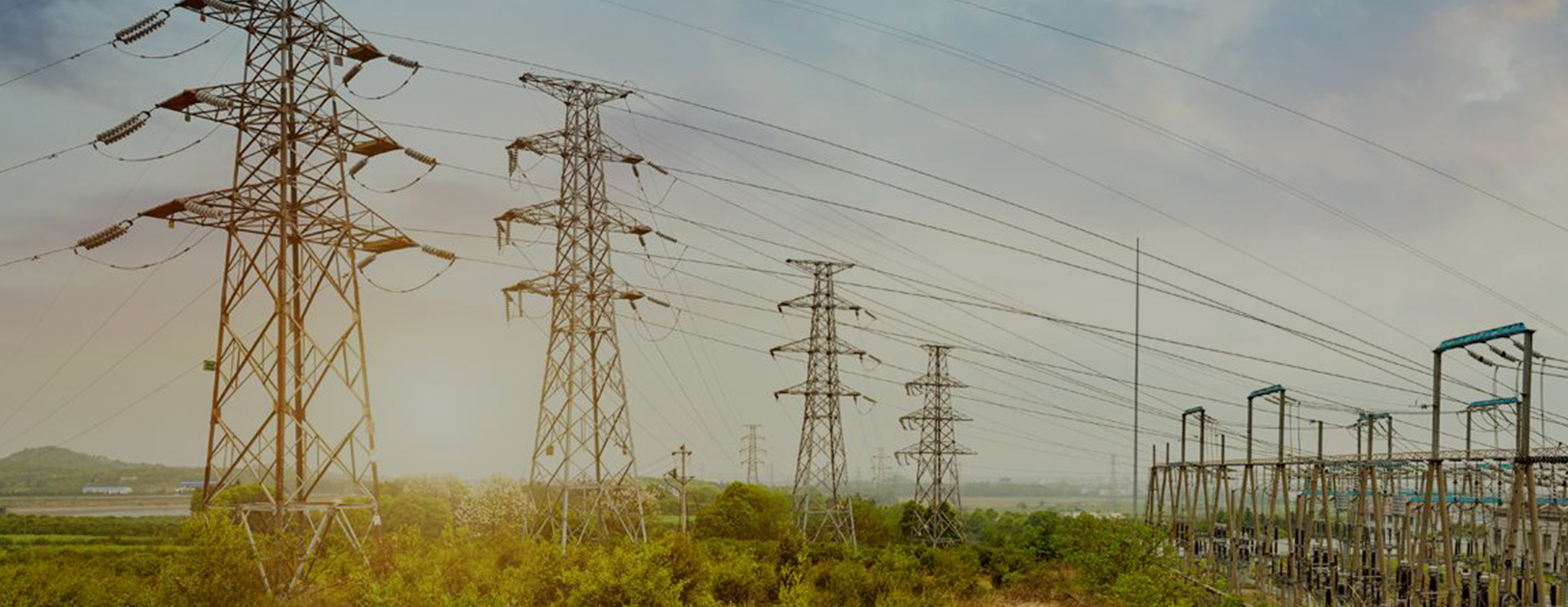Setting the context for electricity regulation
The electricity sector has three divisions – generation, transmission and distribution. The electricity sector is constituted of both public and private sector. In generation, private utilities generate 46 percent of power in the country, with state utilities at 30 percent and central ones at 24 percent. Transmission remains largely govt-controlled, with the Power Grid Corporation of India responsible for planning, implementation and operation of the inter-state transmission system and operation of national and regional power grids. Distribution is mostly caried out by state-owned distribution companies (DISCOMs), with only 10% of India’s population being served by private DISCOMs (majorly in big cities like Delhi, Mumbai, Ahmedabad, Kolkata).
Electricity is a concurrent list subject, with a distinct federal dimension in the sharing of power and responsibility between the Centre and States. This is reflected in the structure of electricity regulation in that the Central Electricity Regulatory Commission (CERC) regulates tariff for generating companies owned or controlled by the Central Government and those with an inter-State dimension, and for inter-State transmission of electricity. The State Electricity Regulatory Commissions (SERC) regulate tariff for generation, supply, transmission and wheeling of electricity within the States.
State Electricity Boards (SEBs) were set up by the Electricity Supply Act, 1948 as integrated bodies overlooking generation, transmission and distribution activities. These were the backbone of the electricity infrastructure, and controlled 70 percent of electricity generation and almost all distribution by 1991. State governments performed the tariff-setting role. SEBs were essentially extensions of the state energy ministries, and financially dependent on them. The decision on electricity pricing was often a political one, and this led to a sharp deterioration of the financial condition and management practices of SEBs. A failed attempt to privatise the sector in 1991 was followed by a World Bank-supported reform effort in the state of Orissa, organized around unbundling and privatization in the sector. Despite the failure of the Orissa reforms to yield expected results, several states followed in its steps and finally in 1998 the Ministry of Power did the same through the Electricity Regulatory Commissions Act, 1998.
The CERC and SERCs were set up by the 1998 Act (later reconstituted under the Electricity Act, 2003) with the objectives of depoliticizing the sector and incentivising private investment. The context for this was the deterioration of the power sector due to poor health of SEBs caused by irrational tariff structure, and shortfall in planned capacity in the power sector.
The Electricity Act, 2003, designed to consolidate the various laws governing the electricity sector, brought in two key changes: (i) generation was delicensed; (ii) SEBs were to be ‘unbundled’ or separated into uni-functional utilities.
There is also Central Electricity Authority, which was reconstituted by the Electricity Act, 2003 to provide advice on technical and safety standards for electricity infrastructure.
Scope and design of electricity regulation
The CERC is established by the Centre, following procedures for appointment and constitution laid down in the Electricity Act. According to Section 79 of the Electricity Act, the CERC has the following functions:
- To regulate tariff for generating companies owned or controlled by the Central Government and with a composite scheme for operations in more than one State.
- To regulate inter-State transmission of electricity, including determining tariffs.
- To adjudicate disputes relating to the generating companies and transmission licensees for which it has regulatory powers.
- To specify and enforce various types of service standards.
CERC can advise the government on National Electricity Policy and tariff policy, and on promoting efficiency, competition and private investment in the sector. It is bound by Central Government/ CEA policy in the discharge of its functions.
The Appellate Tribunal for Electricity hears appeals against orders made by CERC.
SERCs are appointed by the State Governments to regulate generation, transmission, wheeling and distribution of electricity within the State. They regulate power purchase and procurement processes, issue licenses and determine tariffs for electricity operations in the State. They are also responsible for adjudicating disputes between licensees and distribution companies. They have similar standards setting and policy advisory roles as the CERC in relation to the State, and are bound to follow national electricity and tariff policy in the discharge of their functions.
Section 61 of the 2003 Act provides the guiding principles for tariff determination by CERC and SERCs.
Issues and challenges
The electricity sector faces some legacy issues as well as future challenges. There are continuing challenges of lack of independence and irregular tariff revisions at the state level, even several decades after the establishment of regulatory institutions for the sector. The regulators also face difficulties in enforcement and delay in the enforcement of orders and payments. There is a tendency to over-judicialise the field of regulation, which increases costs and tends to benefit financially stronger parties in legal disputes.
There are, in addition, some complicated futuristic challenges to be addressed by electricity regulators:
- Market promotion and integration for renewables: An integrated market is essential for the penetration of renewable electricity, which tends to be more variable than conventional electricity. CERC has already taken important steps in developing a Market Based Economic Dispatch model, but much remains to be done.
- Regulating uncertainties: The 20th century electricity system was relatively predictable, in terms of demand, supply and available resources. But the 21st century electricity system will lose that predictability with variable generation, behind-meter interventions and uncertain demand driven by various factors including rapidly changing weather patterns. All these will require more dynamic regulations and greater technical expertise at the electricity regulatory commissions.
- The central government has expressed interest to shift towards light touch regulation. This does not imply less role for regulatory commissions, but rather, that the sector will be more complex with new kind of energy services (more decentralisation), greater number of players (diffusion) leading to more and complex adjudication, and greater responsibilities for protection citizens and businesses.


